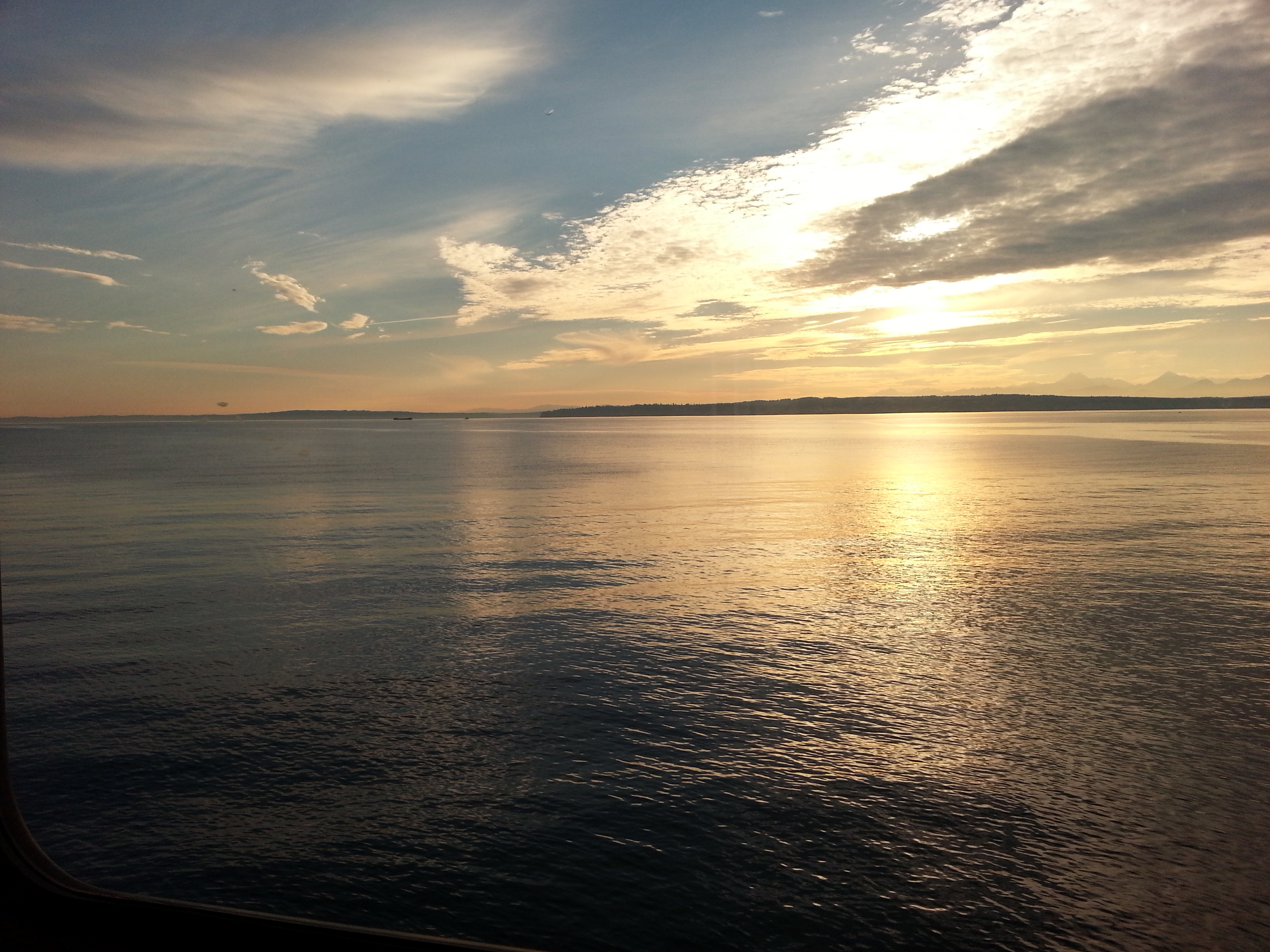April 29, 2011
Mudslide disruptions to Amtrak and Sounder: Time for Flex and Fix!
This winter has been terrible for Northwest Amtrak and Sounder operations (and passengers) because of seemingly nearly continuous mudslides along the BNSF mainline, both north and south of Seattle, since December. There have been slides near Tacoma, Vancouver, WA and Surrey, BC, but the worst area is definitely between Seattle and Everett.
Every time mud and debris comes down on host railroad BNSF’s tracks, the company slaps a 48 hours moratorium on operation of passenger trains with passengers on them. And it doesn’t matter if it’s ten feet deep or only a couple wheelbarrows of mud: 48 hours. There have been nearly 200 Amtrak trains cancelled this winter between Portland and Vancouver, BC because of slides.
This “policy” comes strictly from BNSF corporate headquarters. It is not an Amtrak policy, not a state government rule, not a federal government mandate. And when you hear the media or others say something different, correct them if you have the opportunity. BNSF says its policy is need for safety reasons.
BNSF freights are only held up while the tracks are cleared and inspected. They are usually back running through the slide area in a couple hours. Even Amtrak and Sound Transit can deadhead equipment through these areas, as long as there are no passengers on the train. Amtrak will often do this with the Empire Builder, busing passengers between Seattle and Everett while the crew and checked luggage ride the train.
Although safety is the primary concern, if its only about safety, here are some things to ponder:
- What about the crews of the freight trains and the passengerless passenger trains?
- Though hauling hazardous chemicals by rail is very safe, what about the potential of a slide derailing freight cars containing toxic inhalants or other hazardous material?
- Isn’t a long, heavy freight more likely to cause another slide as it rumbles past than a short, lightweight passenger train?
- What makes 48 hours such a magic number?
- Why does the state DOT not automatically close down highways for 48 hours after slide?
All Aboard Washington has taken on the issue this winter. We are working with WSDOT and key state legislators, as well as with Amtrak, Sound Transit and BNSF. Our position is two-fold. We call it Flex and Fix: have flexibility in passenger train service suspensions while ensuring the safety of both train passengers and crew, and get the worst of the problems fixed!
“We’re certainly looking towards solutions, both operational and in terms of physical changes that will allow for a permanent fix of the areas prone to slides,” said AAWA Executive Director Lloyd Flem, in a C.B. Hall article at Crosscut.com.
A project that is funded by our state’s federal $590 million Higher Speed Rail grant is one for $94 million to “harden” the Northwest Rail Corridor infrastructure between Nisqually and Vancouver, WA. This project includes tie and rail upgrades, drainage improvements, surfacing and high precision track alignment to allow faster speeds and a reduction in both permanent and temporary slow orders. But this project is for naught if the mudslide issues are not addressed. http://tinyurl.com/wsdot-mudslides
WSDOT has asked for federal money in the past for an environmental analysis to determine the repairs and mitigation needed to prevent mudslides from closing the tracks but has not received funding. The Rail Office is again seeking a $10 million grant to get this project moving. WSDOT is also working with the Federal Railroad Administration on whether some of the corridor hardening money can be used to start addressing the worst of the slide areas. WSDOT, as frustrated with the slides as AAWA is, has blogged on the issue:
BNSF reasoning on the 48 hour company policy, no matter how bad the slide is, apparently stems, at least in part, from the fact the railroad has no geotechnical engineers stationed in the Northwest who could assess each situation. WSDOT, which has cataloged 3100 potential unstable slopes along our state highways, has a highly-trained staff of geotechnical engineers. The agency has offered to lend its employees’ expertise to BNSF so that slides can be better assessed at the time of an incident, potentially leading to reopening the tracks sooner to passenger trains.
Even without more proactive assessment of slides, Amtrak and WSDOT are discussing with BNSF the idea of more flexibility in the closure window that would be based on criteria such as the size of the slide and whether it is next to water.
AAWA is also not satisfied with Amtrak and WSDOT operational concerns that don’t allow train service to continue between, say Seattle and Bellingham, when there is a slide on the north side of the 49th parrallel. Trains should be run for the convenience of the passengers, not the convenience of the operating department. People do not want to end up on a bus when they are expecting a train. Sometimes buses are not even available and Amtrak has to simply cancel trains with no alternate transportation offered. Several AAWA members returning on February 27 from the Portland rail passenger conference experienced this, not because of a slide but because of a freight derailment along the Tacoma Narrows. When Amtrak could not provide charter buses our members had to scramble for limited seats on Greyhound buses with hundreds of other displaced rail passengers.
AAWA will not let up on our efforts to get the mudslide issue on its way to a more satisfactory but safe solution for all involved.
Flex and Fix!
(This article appears in the April/May 2011 All Aboard Washington newsletter.)
